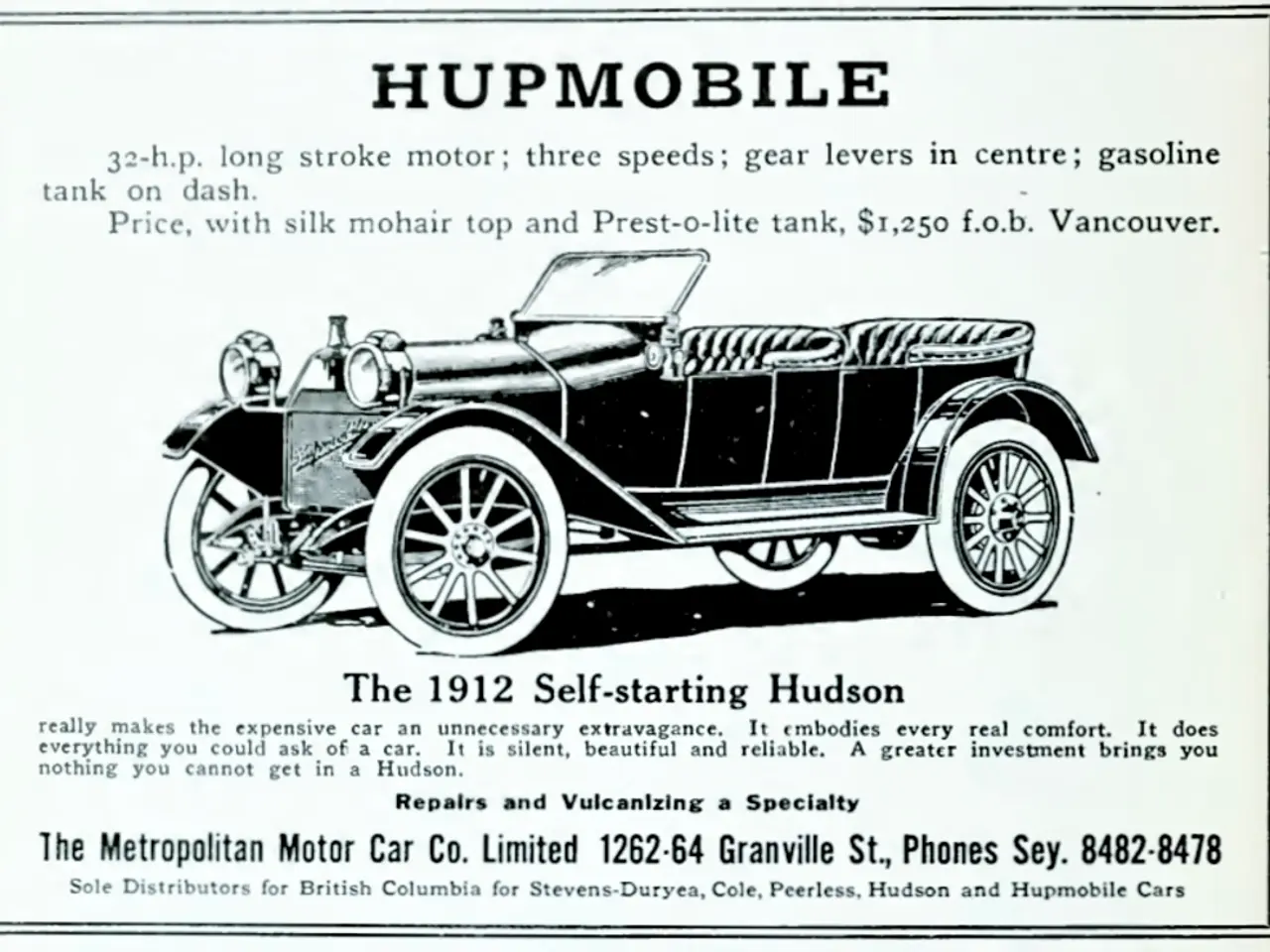Expansion of Car-as-a-Service sector anticipated to reach twice its current size by 2030
The automotive industry is experiencing a significant shift, with the rise of Car-as-a-Service (CaaS) models gaining momentum. According to a study by consultancy Roland Berger, titled 'Car-as-a-Service (CaaS) - The rise of flexible vehicle ownership', this trend is expected to continue, with the CaaS sector doubling from 2020 to 2030.
Pure subscription providers, a growing segment, are playing a crucial role in this transformation. These providers rely on digital innovation, flexible contracts, and all-inclusive packages to offer a seamless and convenient experience. While they are not yet profitable, they are growing significantly faster than traditional leasing, with an annual growth rate of 25%, compared to leasing's 7% growth rate.
The study predicts that by 2030, pure subscription providers will account for 8% of the CaaS market in Europe. This growth is primarily in the private market, leading to a trend of decreasing private vehicle ownership.
Notably, new players are entering the CaaS market, with rental companies finding subscription offerings a logical extension of their existing business. Car dealers are also identified as a new player group in CaaS, further diversifying the market.
OEM captives, bank-owned lessors, and independent lessors are also identified as key players in the CaaS market. OEM captives benefit from the brand reputation and distribution network of their parent companies, while bank-owned lessors have access to financing solutions, capital, a wide customer base, and distribution networks of their parent banks. Independent lessors offer a good multibrand offering, specialized services, and expertise in crucial areas like fleet and asset management.
However, the CaaS space lacks a generally accepted successful business model, and one risk identified by Roland Berger is the decreasing residual values (RVs) of assets, particularly BEVs, creating financial uncertainty for asset providers. This uncertainty could potentially slow down the growth of the CaaS sector.
Despite this risk, opportunities for growth in the CaaS sector exist for OEMs, leasing companies, and providers of automotive financing. As more Europeans shy away from the high cost and associated risks of buying a car, finding flexible models like leasing and subscriptions increasingly attractive, the future of CaaS in Europe looks promising.
By 2030, vehicle subscriptions and leasing in six key European markets (France, Germany, Italy, Spain, the UK, and the Netherlands) are projected to reach a volume of around €94 billion. In the coming years, it is likely that OEM own brands and bank-led renters will be the most strongly involved companies in the European body-as-a-service market.
In conclusion, the CaaS sector is experiencing rapid growth, with pure subscription providers leading the charge. While there are risks to consider, the opportunities for growth in this sector are significant, particularly for OEMs, leasing companies, and providers of automotive financing. As the trend towards flexible vehicle ownership continues, it is clear that the CaaS market will play a crucial role in the future of the automotive industry.








